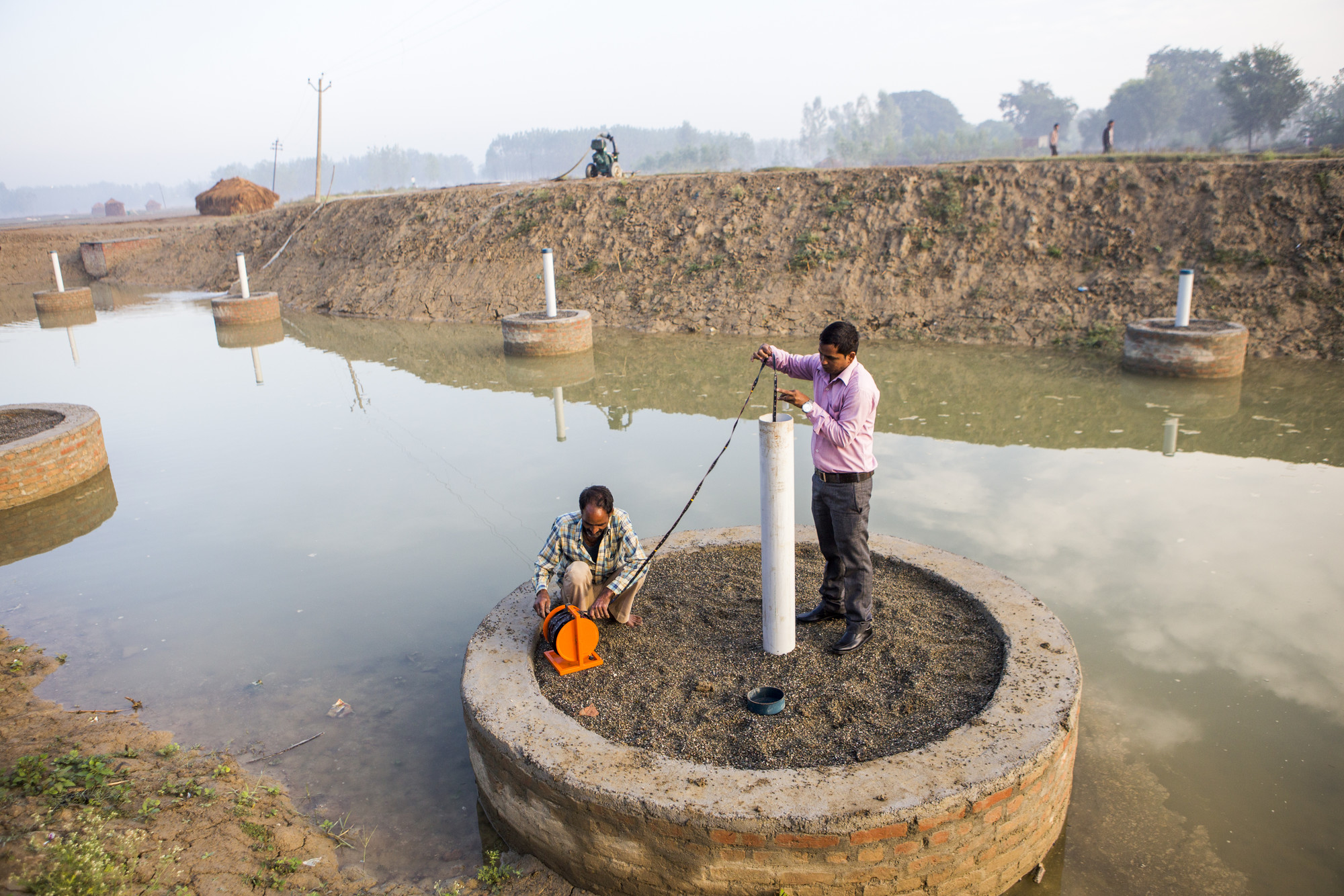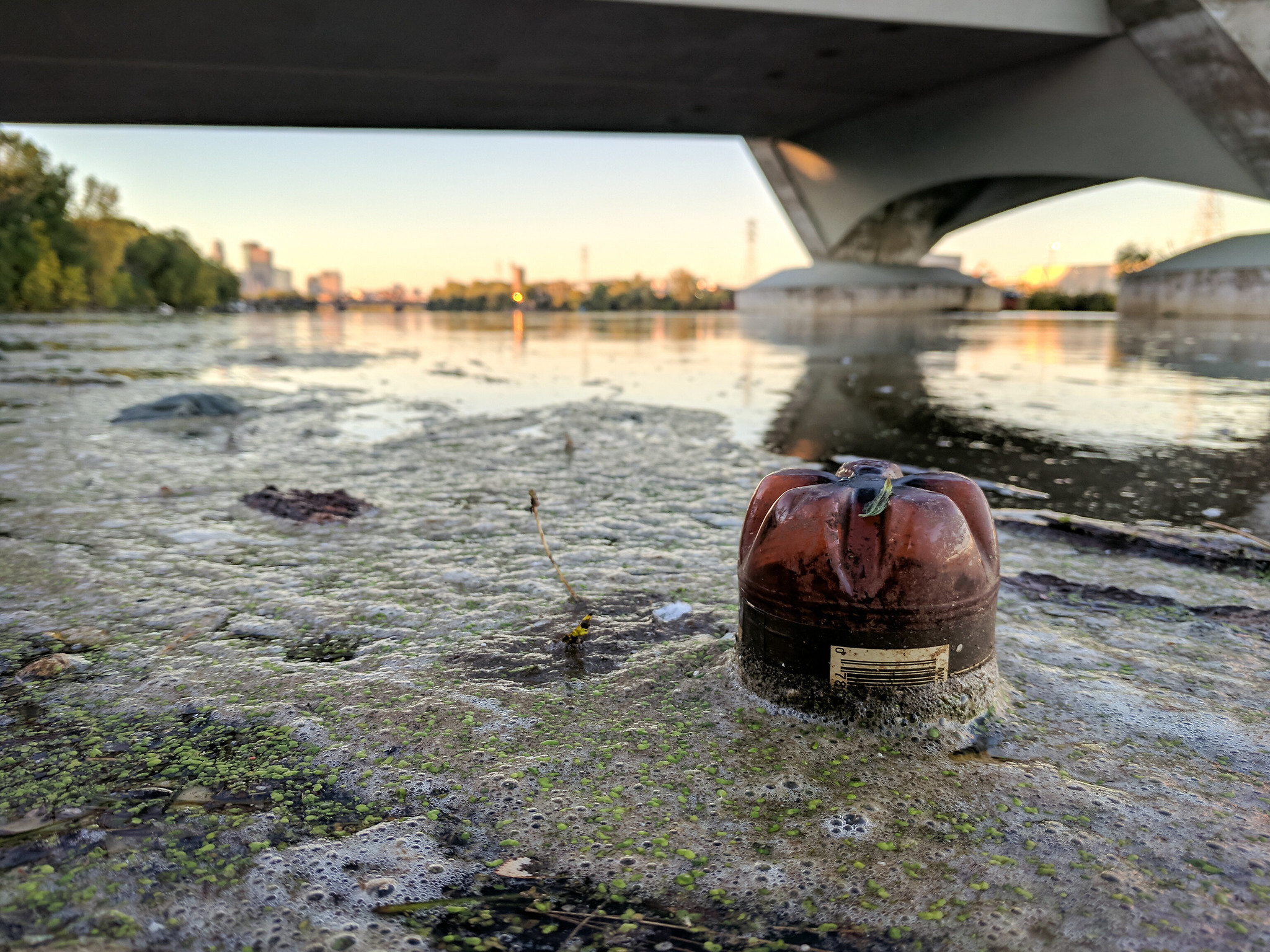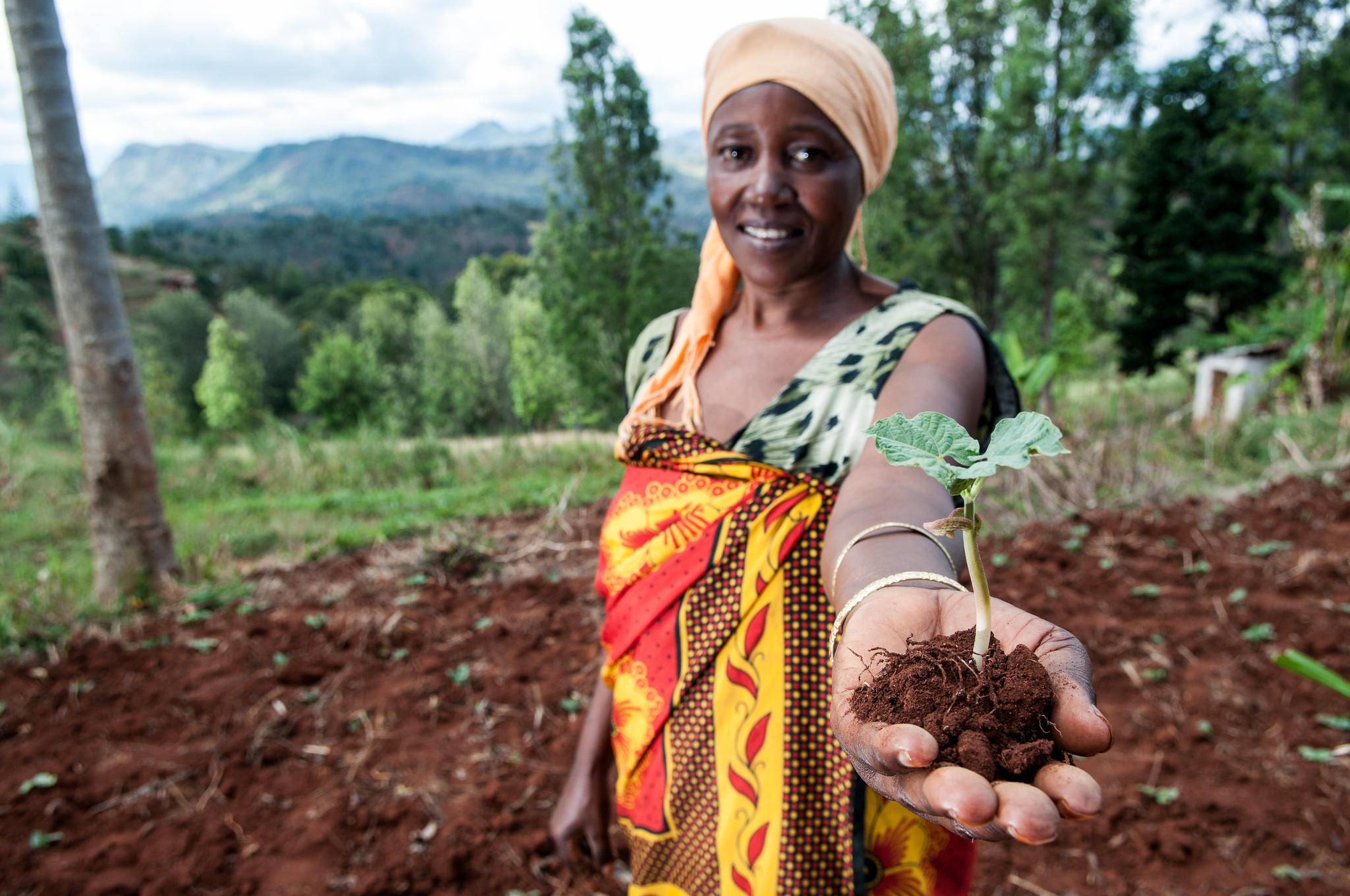Environmental health and biodiversity
IWMI’s goal is to develop a sustainable approach to water infrastructure that supports economic development and human well-being, and safeguards ecosystem services. We work to combine the best aspects of natural and built water infrastructure to support sustainable, resilient and inclusive development. To best support environmental health and biodiversity, we work closely with regional and subregional organizations, river basin organizations, government agencies and investors to influence policy and practices around water management, and to ensure that women, youth and other marginalized groups are included in the planning and management of infrastructure at national and local scales.
Using floodwater for recharging depleted aquifers
IWMI launched the Groundwater Solutions Initiative for Policy and Practice (GRIPP) in 2016 to help countries and communities make better use of their groundwater resources. A GRIPP Case Profile details the use of floodwaters to recharge depleted aquifers in the Ganges River Basin in India. The technique is referred to as Underground Transfer of Floods for Irrigation (UTFI), a type of managed aquifer recharge and the subject of an IWMI Research Report published in 2020.
 Capturing and retaining stormwater underground reduces flooding impacts while enhancing water availability in dry periods. Also, groundwater is better protected from contamination and evaporation and can be abstracted through existing wells for domestic use and irrigated farming by local communities.
Capturing and retaining stormwater underground reduces flooding impacts while enhancing water availability in dry periods. Also, groundwater is better protected from contamination and evaporation and can be abstracted through existing wells for domestic use and irrigated farming by local communities.
The study first assessed the physical characteristics of watersheds in the Ganges Basin to identify suitable sites for implementing the UTFI approach. The highest concentration of suitable watersheds was in the Ramganga Basin. After further consideration, including site visits to the 10 most promising villages, researchers selected Jiwai Jadid village in the Rampur district of Uttar Pradesh as the pilot site to implement the UTFI approach.
Researchers worked closely with community leaders and villagers to develop the scheme, which centers on the existing village pond. Boreholes were drilled in the base of the pond to penetrate a layer of relatively impermeable clay. When the nearby river floods, water is siphoned into the pond and it passes down the boreholes into the aquifer. In the dry season, stored water is pumped back out for irrigation and domestic use.
Overall, the income from the cultivation of additional crops exceeded upfront costs and maintenance by a factor of 1.34. In addition, the higher groundwater level reduces the fuel costs for pumping, making irrigated agriculture more sustainable and profitable, and reducing greenhouse gas emissions.
The potential for scaling up the approach is considerable with simulation models predicting that even if only 20% of the runoff is captured, UTFI would increase groundwater levels sustainably and reduce flooding in the Ramganga Basin.
Protecting the environment from plastic pollution
While good water management can help to restore the environment, it is also important to prevent damage in the first place. The United Nations Environment Programme (UNEP) asked IWMI to review technical solutions to address water pollution by plastics and microplastics, with the resulting report published in 2020.
 Every year, approximately 8 million tons of plastics and microplastics flow into water bodies, where the damage to biodiversity and ecosystem processes is incalculable. IWMI’s study presents a tool kit and catalogue of relevant technologies to manage plastic pollution and assesses the pros and cons of each solution.
Every year, approximately 8 million tons of plastics and microplastics flow into water bodies, where the damage to biodiversity and ecosystem processes is incalculable. IWMI’s study presents a tool kit and catalogue of relevant technologies to manage plastic pollution and assesses the pros and cons of each solution.
Some of the solutions clean up after the fact. Debris sweepers and sea bins can remove plastic from water, while wetlands in coastal areas can keep plastic from entering adjacent water bodies. It would be better, however, to prevent the release of untreated wastewater, which is often laden with plastic and microplastic, from entering the environment in the first place.
IWMI’s expertise in identifying suitable business models for sustainable waste management enabled the Institute to assess all the available options and recommend financially sustainable solutions that are socially and legally acceptable. These solutions include fine mesh filters and coagulation technologies to remove microplastics, and booms and deflectors to siphon off plastic before it reaches treatment plants. The solutions that might be applied in any given case will depend on specific circumstances, but the report gives stakeholders, governments and the private sector the ability to make an informed choice to protect water and the environment from plastic pollution.
The report suggests that our production and consumption patterns need to change. Effectively managing plastic pollution is a complex and multidimensional task and reducing plastic pollution at the source is the most effective method.
The report draws attention to the importance of limiting the export of plastics and microplastics from cities and the landscape through wastewater treatment and runoff. The authors also insist on the crucial role of legislation, economic instruments, education and awareness to protect water bodies from pollution and restore ecosystems.
Reversing land degradation
Intensive rain-fed and irrigated crop and livestock systems can contribute to the degradation of land and water resources. While the reversal of land degradation is possible, it is often stymied by a lack of incentive, investment or poor livelihood alternatives.
 By promoting ways for communities to manage their resources more sustainably, IWMI is helping to support policy makers, planners and communities to mitigate the effects of land degradation.
By promoting ways for communities to manage their resources more sustainably, IWMI is helping to support policy makers, planners and communities to mitigate the effects of land degradation.
In 2020, IWMI published a report titled Exclosures for Landscape Restoration in Ethiopia: Business Model Scenarios and Suitability. Exclosures are areas that are excluded from woodcutting, grazing and agricultural activities. The report explored how economically feasible and environmentally sustainable activities can be practiced within exclosures to allow for the restoration of ecosystem services over the long term.
One concern is that smallholders may lose income if land is parceled away as exclosures, while the environment is replenishing. In Ethiopia, IWMI has developed business models that reward communities by encouraging bee-keeping and grass cutting. People can gain income while allowing the land to recover as these practices and activities do not encourage cutting trees or landscape degradation.
Ethiopia is the number one honey producer in Africa and sits among the global top ten producers. There is a ready export market for high-value Ethiopian honey. Building beehives can boost the amount of honey an area supplies, while a burgeoning local market for animal fodder also adds opportunities in many places. In this way, degraded lands can be restored, allowing them to deliver ecosystem services into the future.
